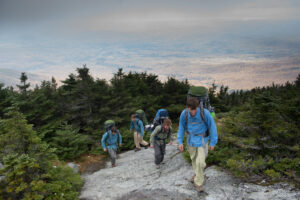When a group of students at True North arrive at a new campsite, the area typically looks a bit chaotic. Trees and bushes, bumps and puddles, sticks and dirt are everywhere. Perhaps the temperature has dropped and everything is covered in a smooth sheen of snow or ice. The functions of the ecosystem that created the area are incredibly complex, to the point of seeming to be completely random and almost infinitely complicated. Yet, as students begin working to find safe spots to set up their shelters and store their gear, order begins to appear.
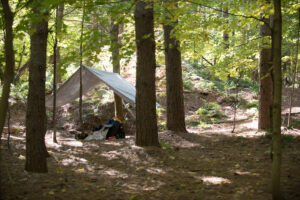
A central spot is established and a large tarp is tied to high branches in the trees. Stones are placed to contain the fire that will keep the group warm and fed. As students and guides walk to and from this central location back to their own sites, paths are created in the brush or the snow. Certain paths, such as the one from the fire pit to the water source, prove to be the most useful and eventually widen, deepen, and become more established. Soon a matrix of small temporary trails is created, and an organized mini-neighborhood emerges. Then, the next day, before they hike away from the site, the group walks around and gets rid of any trace they were there. Like a smoothed over sandbox, the spot is returned to its former complex tranquility.
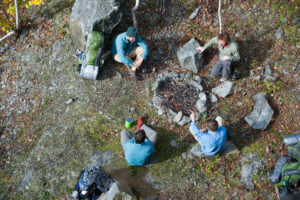 There’s a similar process happening in the human brain all the time. The brain is extraordinarily complex. Current estimates hold that the adolescent brain is made up of over 86 billion neurons (nerve cells), and that each one is connected to more than 15,000 synapses (paths between those neurons). This means that the number of neural events that can occur for a typical person is at least somewhere in the quadrillions (that’s a number with at least 12 zeroes after it!). And from this complicated network, organization appears: the patterns of interaction through our synapses include our memories, thoughts, desires, emotions, personality quirks, dreams, fears, and the basic instructions for everything we know how to do – from advanced calculus to knowing how to make toast.
There’s a similar process happening in the human brain all the time. The brain is extraordinarily complex. Current estimates hold that the adolescent brain is made up of over 86 billion neurons (nerve cells), and that each one is connected to more than 15,000 synapses (paths between those neurons). This means that the number of neural events that can occur for a typical person is at least somewhere in the quadrillions (that’s a number with at least 12 zeroes after it!). And from this complicated network, organization appears: the patterns of interaction through our synapses include our memories, thoughts, desires, emotions, personality quirks, dreams, fears, and the basic instructions for everything we know how to do – from advanced calculus to knowing how to make toast.
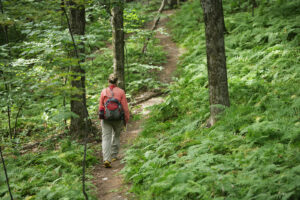
Luckily for us, this system is dynamic: it continues to change. These synapses, the paths between different neurons, are constantly get re-prioritized. Untouched synapses tend to shrink and may eventually get “pruned” or removed from the structure. The ones that get used regularly, just like the path to the water source, tend to become stronger – they get wider, deeper, and more pronounced. And just like the paths at the student campsites, these synapses serve immediate purposes, without necessarily intending to affect long-term benefits. This means that when someone is facing struggles with their emotions, thought patterns, or behaviors, it is likely that certain collections of synapses have been inappropriately reinforced and strengthened. And again, much like the campsite, it becomes time to stop using them and to move on and create new paths that will function more effectively.
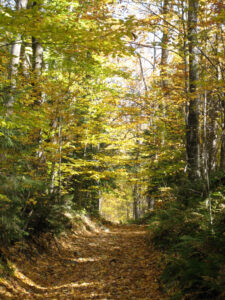 As students work in this environment, they are constantly faced with new challenges and are pushed to develop new resources – both internal and external. They adjust their social habits so that they can learn to maintain relationships with their peers. They absorb strategies and perspectives from their therapists to recognize their patterns of interaction with their families, their struggles, and the world around them. With every new campsite to establish, new rainstorm to weather, new valley to explore, and new people to connect with, students have opportunities for new synapses, paths of neural connection, to be deepened. There is a powerful reflective and metaphorical relationship at play here in wilderness therapy: with every new path they create in the woods, new paths are literally being built in their brains.
As students work in this environment, they are constantly faced with new challenges and are pushed to develop new resources – both internal and external. They adjust their social habits so that they can learn to maintain relationships with their peers. They absorb strategies and perspectives from their therapists to recognize their patterns of interaction with their families, their struggles, and the world around them. With every new campsite to establish, new rainstorm to weather, new valley to explore, and new people to connect with, students have opportunities for new synapses, paths of neural connection, to be deepened. There is a powerful reflective and metaphorical relationship at play here in wilderness therapy: with every new path they create in the woods, new paths are literally being built in their brains.
